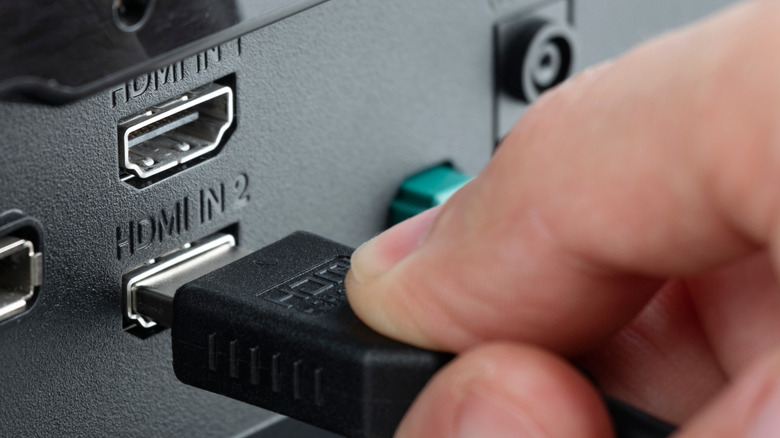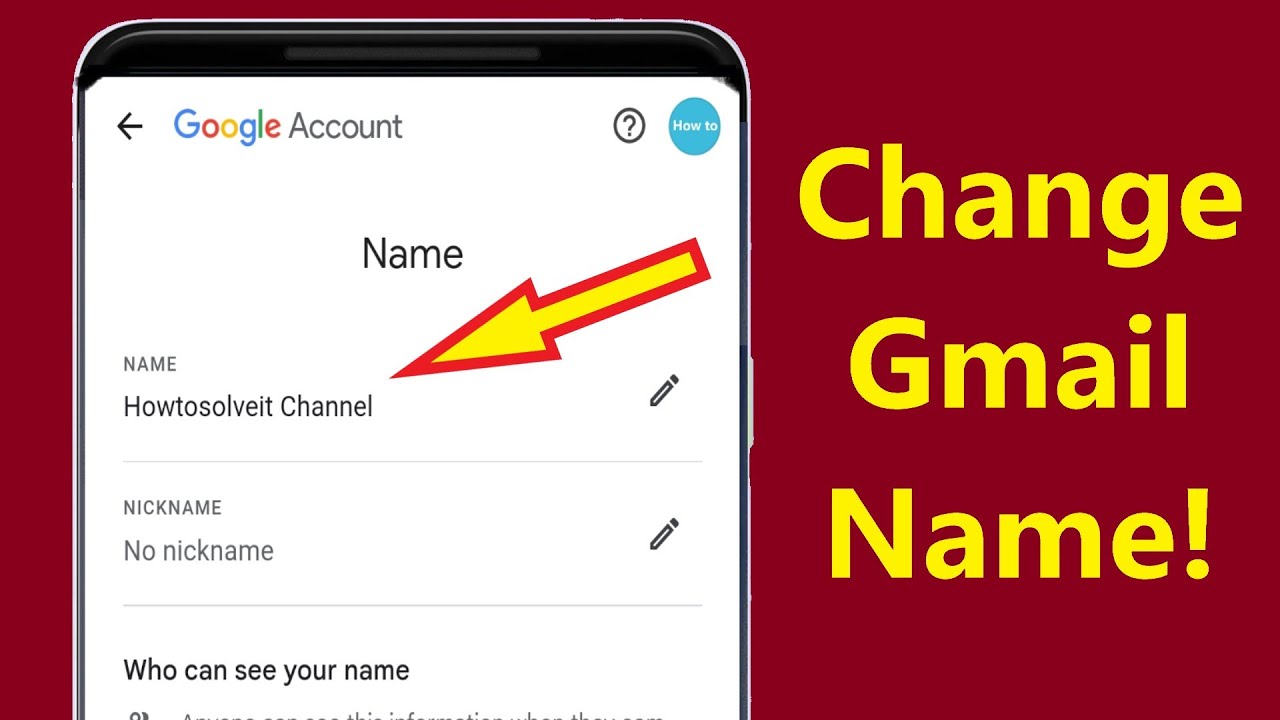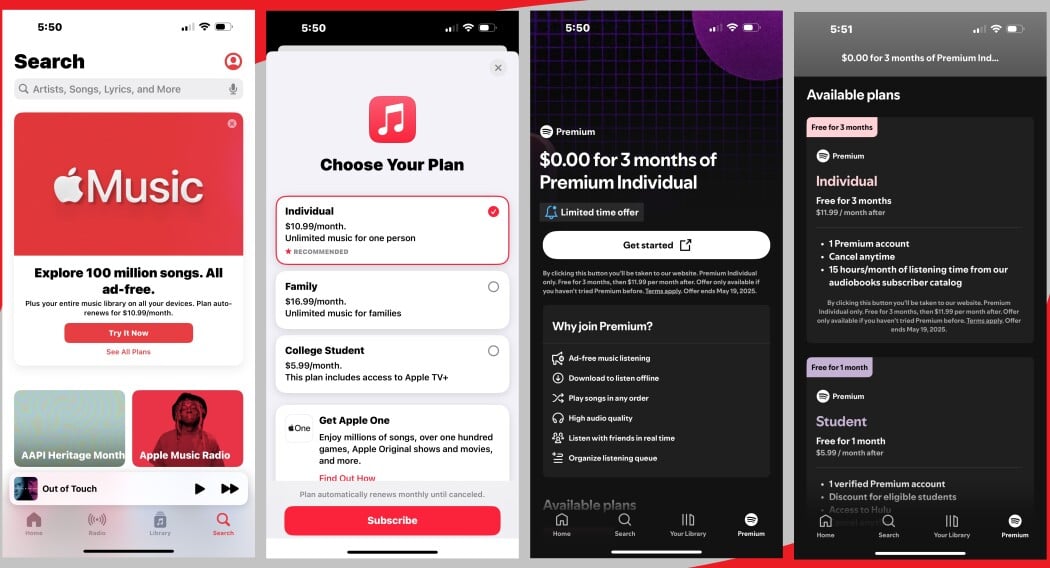A recent leak provides an early glimpse of the OnePlus Turbo, showcasing a blue-green plastic back. The OnePlus Turbo is confirmed to come with an impressive 9,000mAh battery, in line with OnePlus’ latest design philosophy that features a sleek aesthetic and a rectangular dual-camera setup. The base model of the device boasts a 6.8-inch 144Hz display, powered by the Snapdragon 7s Gen 4 chipset, and is capable of 80W fast charging.
The images that surfaced depict a device known as “Prado,” resembling the design of current OnePlus models such as the OnePlus 15 and OnePlus 15R. It showcases a rectangular camera module positioned in the top-left corner, accommodating dual cameras. The phone is said to have a shiny back with a blue-greenish hue, though it remains unverified whether the material is plastic or glass.
The device appears quite thick, which is anticipated due to the substantial battery capacity, yet it retains a streamlined design when compared to other gaming smartphones. Specifications include the complete 9,000mAh battery, 80W fast charging, a 6.8-inch 1.5K display with a 144Hz refresh rate, along with the Snapdragon 7s Gen 4 processor paired with 8GB of RAM. A premium variant could potentially utilize the Snapdragon 8s Gen 4.
OnePlus intends to introduce the device internationally, likely under the Nord branding, though a U.S. release remains uncertain. The expected launch timeframe is Q1 2026, potentially coinciding with MWC 2026 in March. Additional information is anticipated as the launch date nears.












